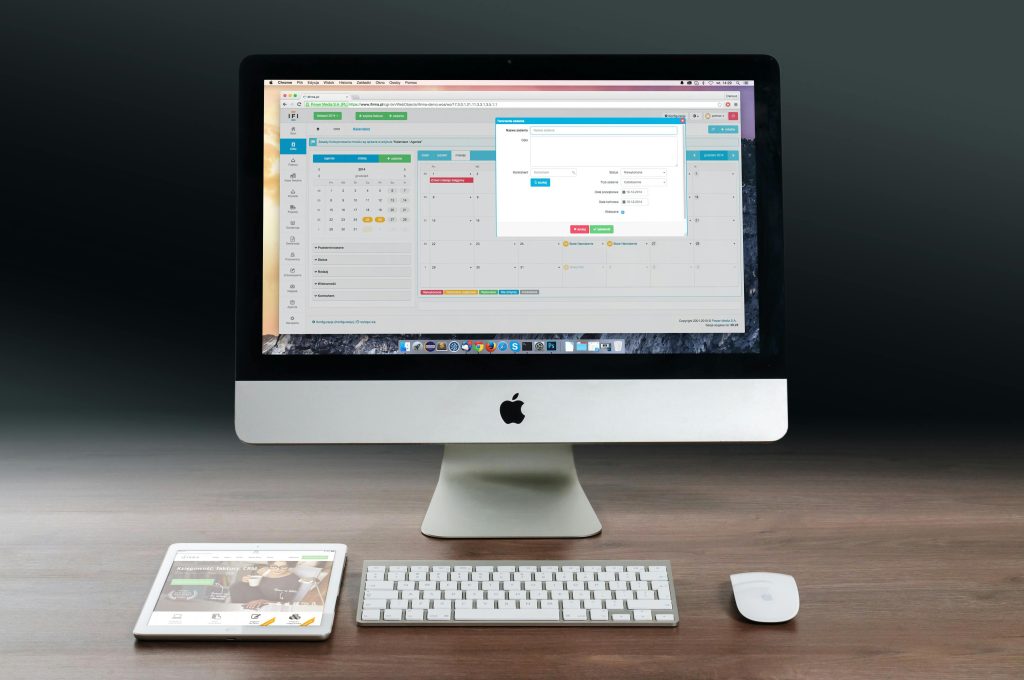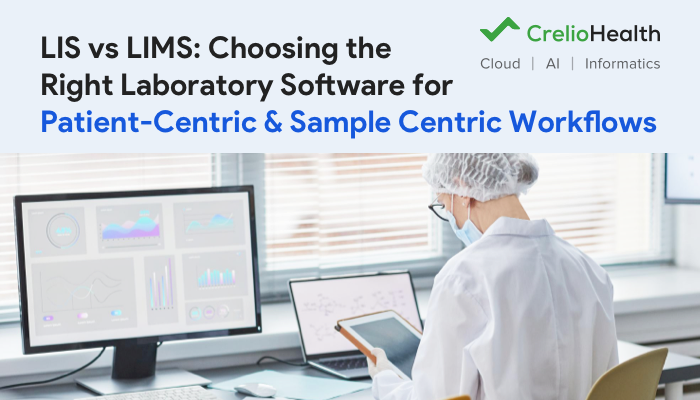Walk into any office, hospital, or university today, and you’ll see just how much there is to manage: rooms, equipment, utilities, security, staff schedules, and even small things like printer repairs or air-conditioning filters. Facility management has quietly become one of the most important (and complicated) parts of keeping an organization running.
In the past, big companies could afford pricey software to stay organized, while smaller ones often struggled, juggling endless spreadsheets or overspending on tools they didn’t really need.
Now things are changing. Thanks to open-source technology, facility management tools are no longer reserved for large corporations. They’re more affordable, more flexible, and within reach for businesses of every size. This is where facility management software open source is making a real difference.
Why Facilities Need Smarter Tools
Facility managers handle much more than just keeping the lights on. They need to ensure that buildings run efficiently, energy isn’t wasted, assets stay in good shape, and people feel safe and comfortable at work. Rising utility costs, stricter compliance rules, and the growing focus on sustainability make the job even tougher.
Trying to manage all this with manual methods is no longer practical. Software can help, but many paid platforms come with their own problems: high costs, rigid contracts, expensive upgrades, and poor integration with other systems. That’s why open-source tools are becoming such a popular choice. They give organizations control, flexibility, and freedom without the heavy price tag.
What Makes Open Source Facility Management Different?

Open-source software is built on a simple but powerful idea: transparency and collaboration. Unlike proprietary tools, where the code is locked away, open-source tools allow anyone to view, modify, and improve the code. For facility management, this means you’re not stuck with a “one-size-fits-all” solution. Instead, you can customize the platform to match your unique needs, whether you’re managing a small office or a sprawling hospital campus.
Another huge plus? Cost.
Open-source solutions often come free to use, with optional paid support or enterprise add-ons. This lowers the barrier to entry and makes modern tools accessible even for organizations with tight budgets. Instead of spending thousands on software licenses, facility managers can invest in customizing the tool, training staff, or upgrading physical infrastructure.
Benefits for Everyday Facility Managers
1. Flexibility in Features
You only keep the modules you actually need. For example, you might want space booking and asset tracking but not advanced energy analytics. With open source, you can tweak the system accordingly.
2. Better Integration
Open-source tools are easier to connect with existing systems, such as HR databases, IoT sensors, or building automation platforms. This means smoother workflows and less duplication.
3. Community Support
Most open-source projects have active communities of developers and users who constantly share updates, fixes, and new ideas. Instead of waiting months for a vendor update, you often get improvements in real time.
4. Cost Efficiency
No heavy upfront licensing fees. You can start small and scale up as your needs grow.
5. Future-Ready
Since the software evolves through global collaboration, it keeps pace with new trends like AI, smart buildings, and sustainability metrics.
Why Next-Gen Facility Management Needs Open Source

Modern facility management is not just about operations but also about experience. Employees expect flexible workspaces, quick issue resolution, and sustainable practices. Regulators expect compliance and data transparency. Organizations expect cost savings without compromising efficiency.
Open-source solutions are naturally positioned to meet these demands. They can be easily enhanced with new technologies like the Internet of Things (for real-time monitoring of energy use), AI (for predictive maintenance), and mobile apps (so managers can work on the go).
Instead of waiting for a software vendor to “roll out” a new feature, companies can either build it themselves or collaborate with the global open-source community to make it happen.
Final Thoughts
Facility management has come a long way from dusty logbooks and endless spreadsheets. The challenges today are bigger, but so are the opportunities. Next-gen facility management with open-source tech is not just a passing trend; it’s a sustainable shift towards smarter, more collaborative, and cost-effective solutions.
Exploring open-source options is a step in the right direction for organizations that want to stay ahead. It empowers facility managers to innovate, adapt quickly, and keep buildings running in a way that benefits both people and the planet.
The future of facilities isn’t about doing more with less; it’s about doing better with smarter tools. And open source might just be the smartest tool of them all.




















